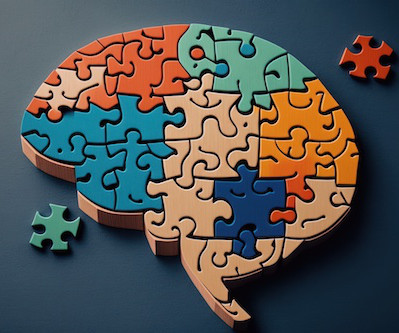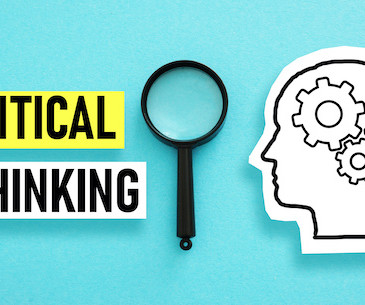5 strategies to close the critical thinking gap
eSchool News
JUNE 4, 2024
While there are tons of graphic organizers out there, it’s most beneficial to have a consistent framework for thinking that spans grade levels and content areas. This supports the growth of automaticity in activating cognitive skills. These essential strategies can be applied across all grades and content areas.












Let's personalize your content